In Thach Hoa commune (Tuyen Hoa district, Quang Binh), if you ask about Mr. Tu, everyone will know him because he is famous for his efforts in protecting the increasingly rare douc langur population.
Mr. Nguyen Thanh Tu is over 60 years old but still very healthy. He recounted that in early 2012, he found some sua trees (hue) and brought them to Hung Su forest to plant. When he was resting, he discovered some animals swinging on the trees across the limestone cliffs. He realized that this was a group of precious langurs that had been missing for more than two decades because of hunting.
Mr. Nguyen Thanh Tu, who has spent more than 12 years volunteering to protect and care for the precious langurs. Photo: T. Phung.
Mr. Tu told the story of seeing the langurs to the elders in the village and read more in the newspaper to learn that this group of primates had black crests on their heads and tails longer than their bodies, also known as Ha Tinh langurs, very rare in Vietnam.
For the next month, every two or three days, Mr. Tu went into the forest, climbing up the limestone cliffs to find out where this precious primate group lived. On sunny days, he cooked rice and brought it up to the caves in the cliffs so that the langurs would have food.
“It was not until nearly a year later that the langurs got used to my figure, from hiding in a remote area to probing, until they perched on tree branches not far from me as if to get acquainted,” Mr. Tu recalled.
Then Mr. Tu made a plan to protect the langurs himself. Hearing that the rare primates had returned, many hunters came to hunt them. There were many “clashes” between Mr. Tu and the hunters. Despite being threatened, Mr. Tu firmly prevented strangers from entering the forest to hunt.
“There were times when they relied on the large number of people to do whatever they wanted. I threatened to report to the authorities, police, and forest rangers to arrest them if they entered the forest. So they were scared and turned back,” Mr. Tu said.
Seeing Mr. Tu protecting the precious langurs, many people in the commune also volunteered to follow suit and they formed a protection team with Mr. Tu as the team leader. The protection team takes turns “guarding” the forest, preventing strangers from entering and occasionally bringing food to the rocky cliffs for the langurs.
A group of langurs on Hung Su mountain. Photo: T. Phung.
The team members are all from the homeland, especially those who used to be notorious hunters in the area. The protection team maintains regular contact with forest rangers, commune police and commune members to carry out tasks such as removing hunting traps, providing water for the langurs. Propaganda and mobilization of people not to hunt rare wildlife, raise awareness and join hands to protect rare wildlife.
“We do it out of responsibility, not because of any rewards or benefits. Yet everyone feels happy and proud of the work they do,” Mr. Tu confided.
When he confirmed that the langurs had returned to the Hung Su area, Mr. Tu reported to the Quang Binh Forest Protection Department to develop a protection plan. The protection task is currently assigned to the communities of the two communes of Thach Hoa and Dong Hoa.
The appearance of the white-cheeked langurs and the activities of the langur protection team in Thach Hoa commune have received attention from authorities from the province to the grassroots level and non-governmental organizations. In 3 years (from 2018 to 2021), Quang Binh province has planned more than 1,200 hectares of special-use forests to create an environment to protect the langurs and other rare wildlife species.
International experts come to observe the langurs. Photo: T. Phung.
The langur herd is strictly protected, so it has grown to hundreds of individuals. Since 2023, the International Agroforestry Research Organization (ICRAF) has sponsored the project "Co-management of biodiversity and livelihood improvement for people in the white-cheeked langur conservation planning area in Tuyen Hoa district". Accordingly, the project is implemented in 4 communes: Thach Hoa, Dong Hoa, Son Hoa and Thuan Hoa (Tuyen Hoa district), with an amount of over 296,000 USD and will be implemented until the end of the first quarter of 2025.
According to Mr. Tu, the biggest success was in 2023, when the General Production and Business Cooperative was established to implement the project and voluntarily preserve the white-naped black-cheeked langur of Thach Hoa commune. “The attention of authorities at all levels, organizations and individuals has created more motivation for us to be determined to pursue the work of protecting rare wildlife. Every day, we still voluntarily protect, keep the langur population peaceful and develop further,” Mr. Tu affirmed to us.
Source: https://nongnghiep.vn/nguoi-chan-dan-vooc-o-hung-su-d744265.html


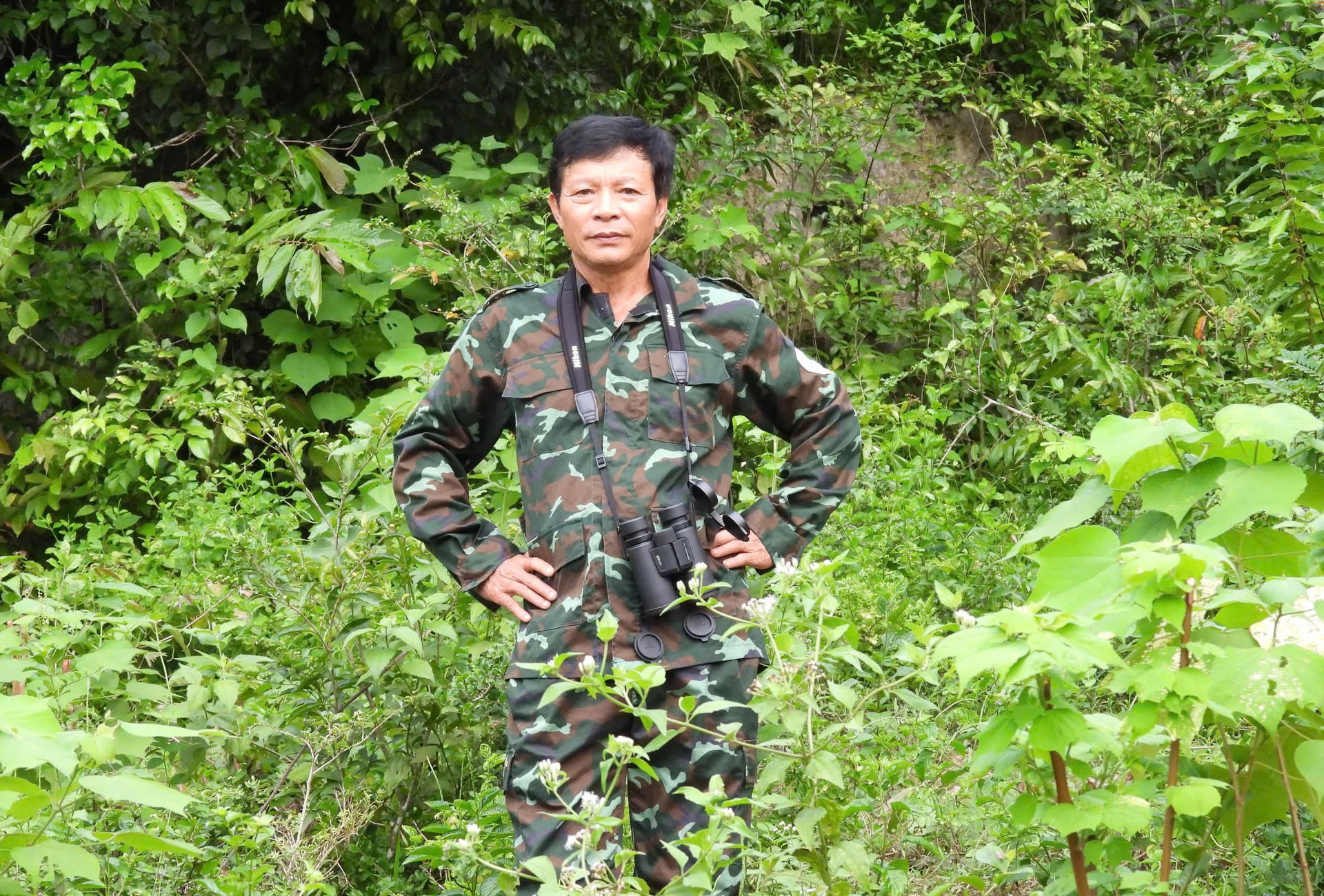
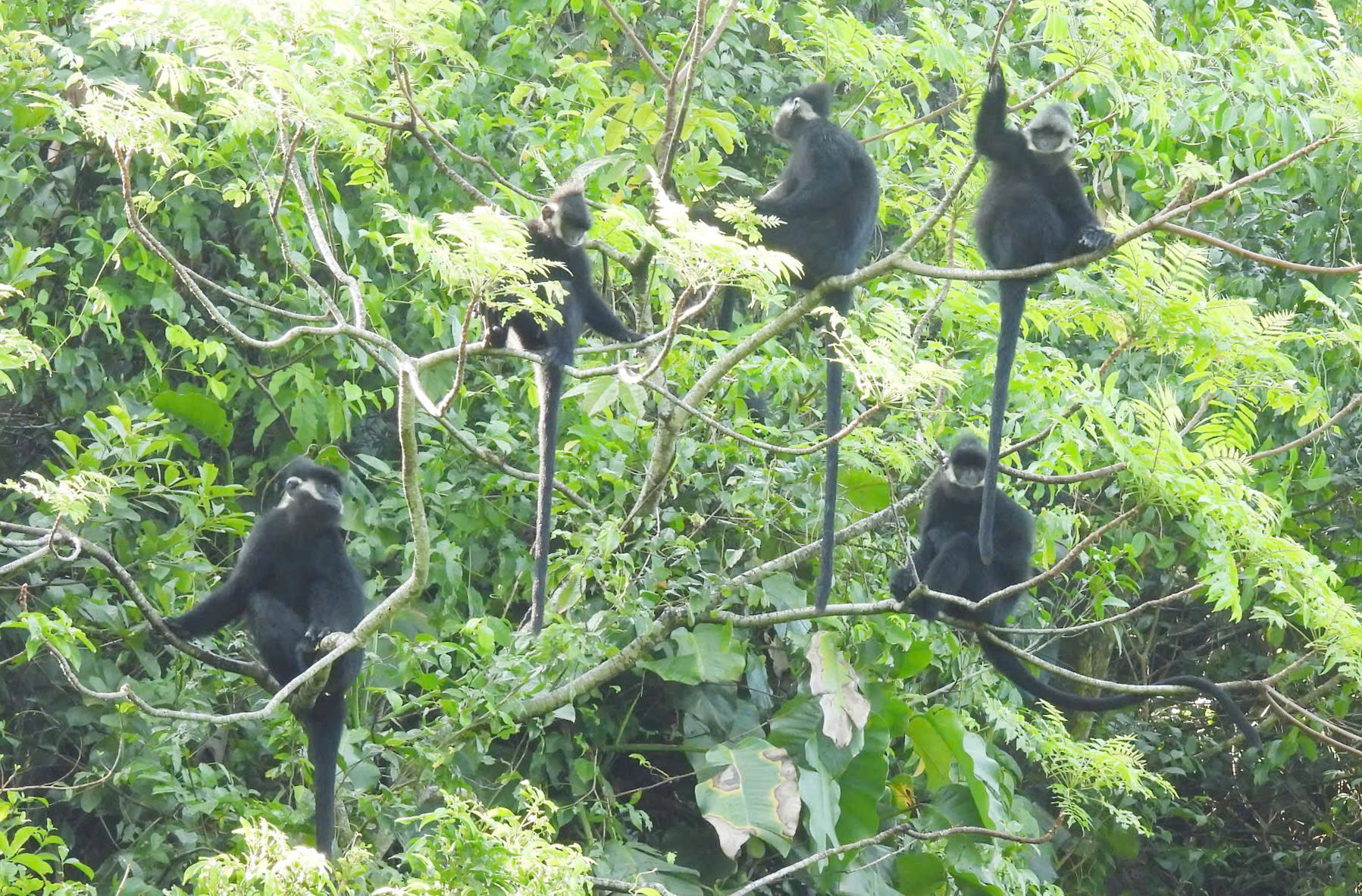
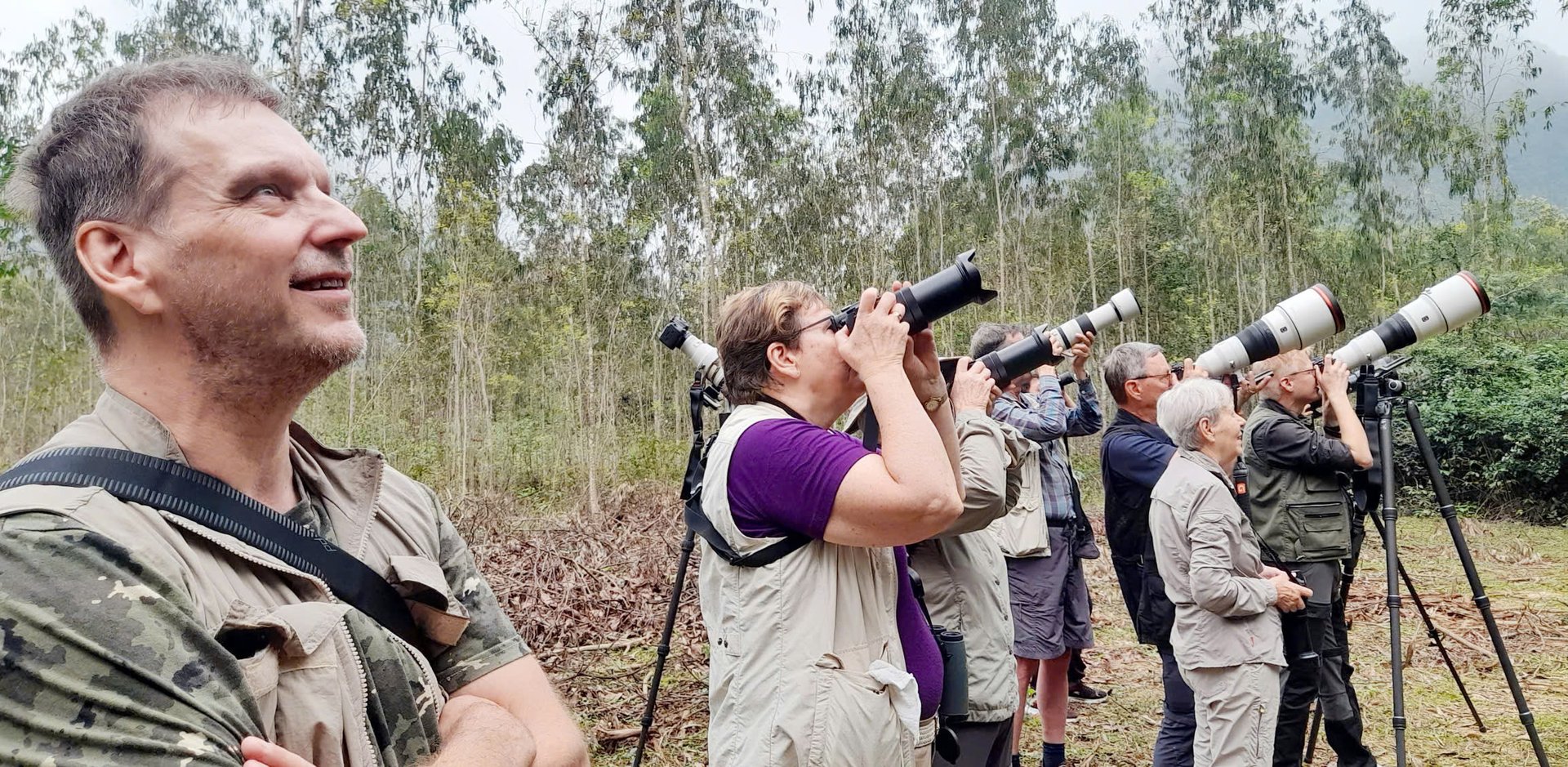
![[Photo] Prime Minister Pham Minh Chinh commends forces supporting Myanmar in overcoming earthquake consequences](https://vstatic.vietnam.vn/vietnam/resource/IMAGE/2025/4/10/e844656d18bd433f913182fbc2f35ec2)
![[Photo] Opening of the 11th Conference of the 13th Party Central Committee](https://vstatic.vietnam.vn/vietnam/resource/IMAGE/2025/4/10/f9e717b67de343d7b687cb419c0829a2)


![[Photo] April Festival in Can Tho City](https://vstatic.vietnam.vn/vietnam/resource/IMAGE/2025/4/10/bf5ae82870e648fabfbcc93a25b481ea)

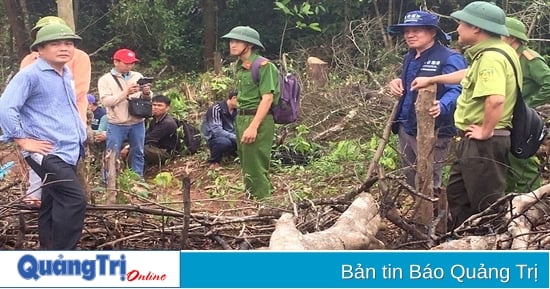

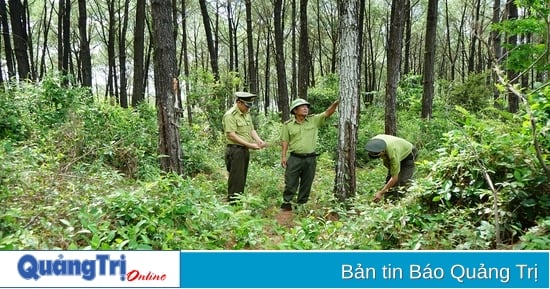

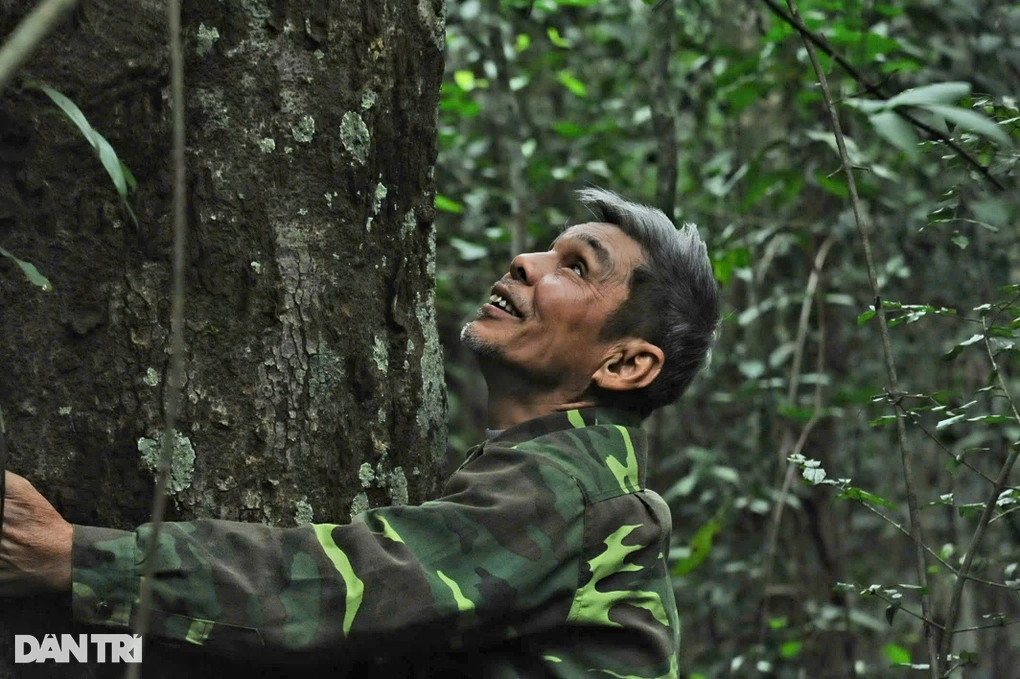





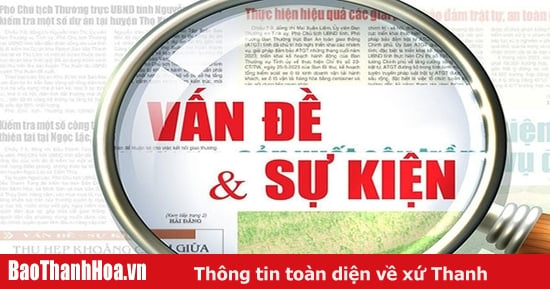




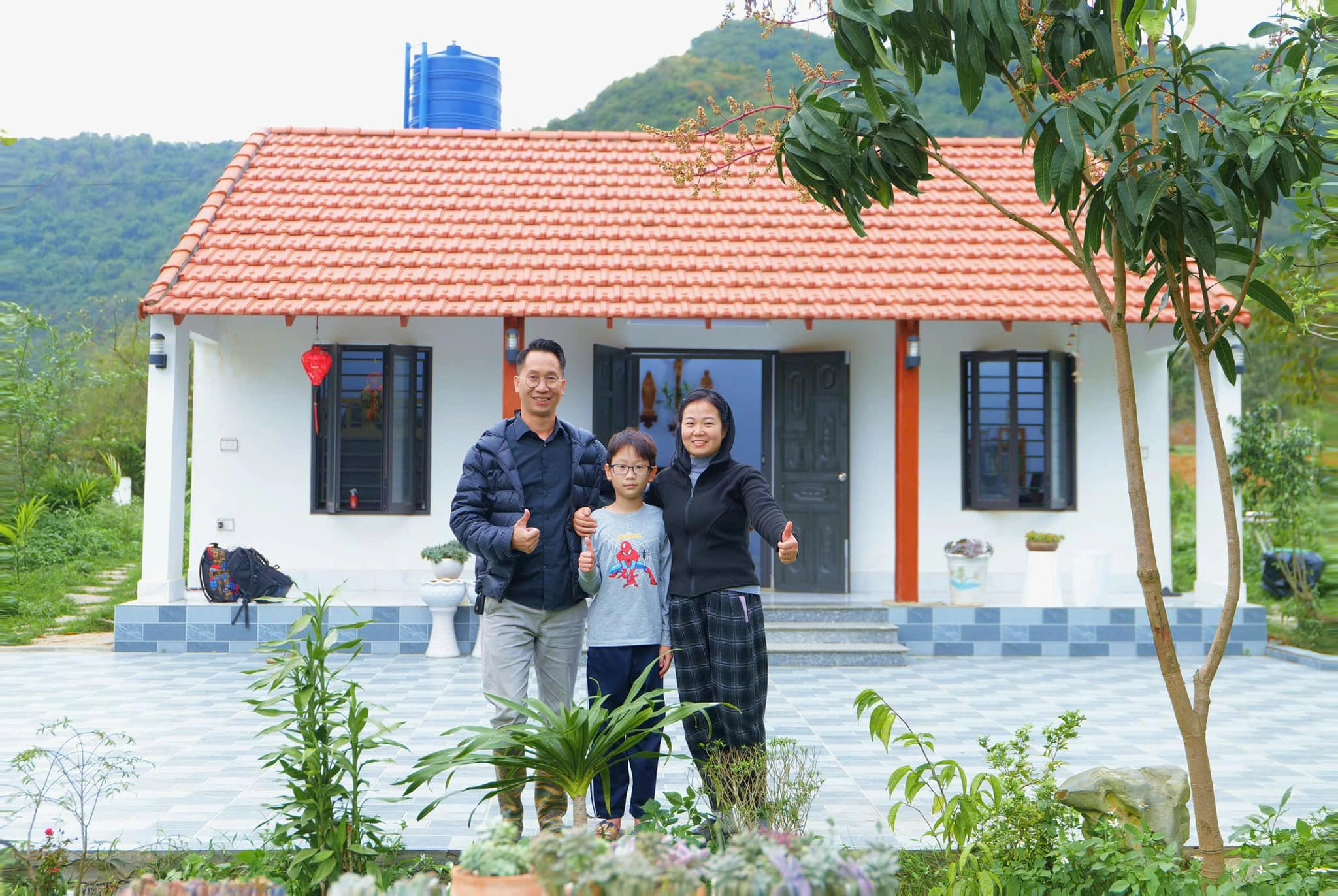
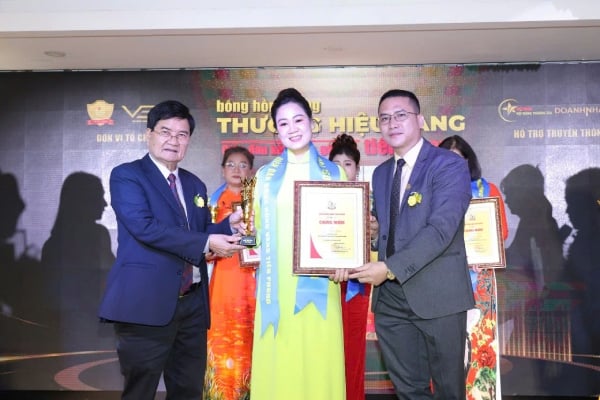






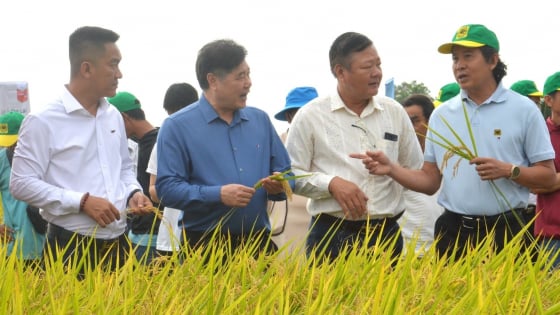
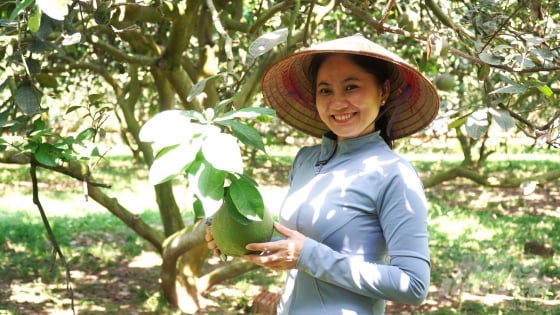
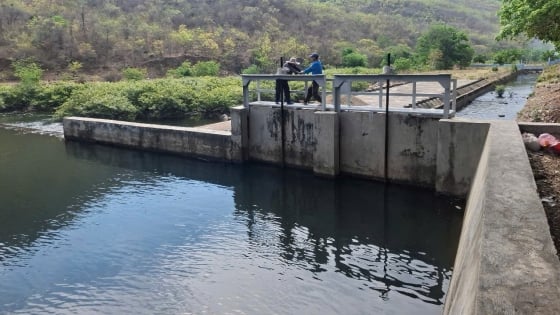
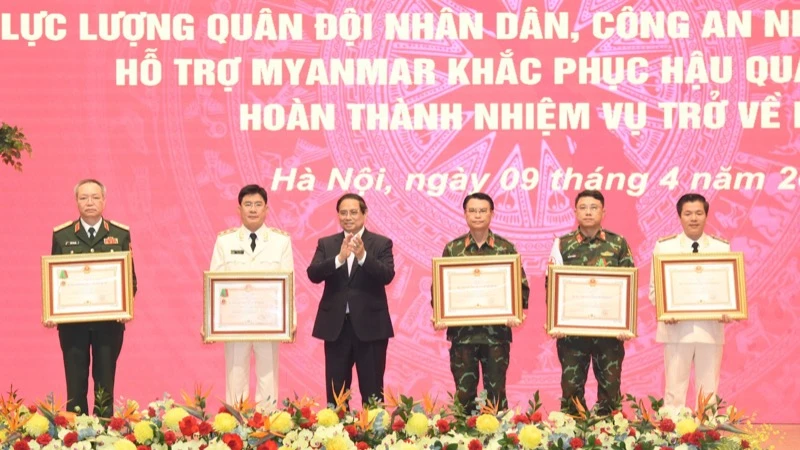
















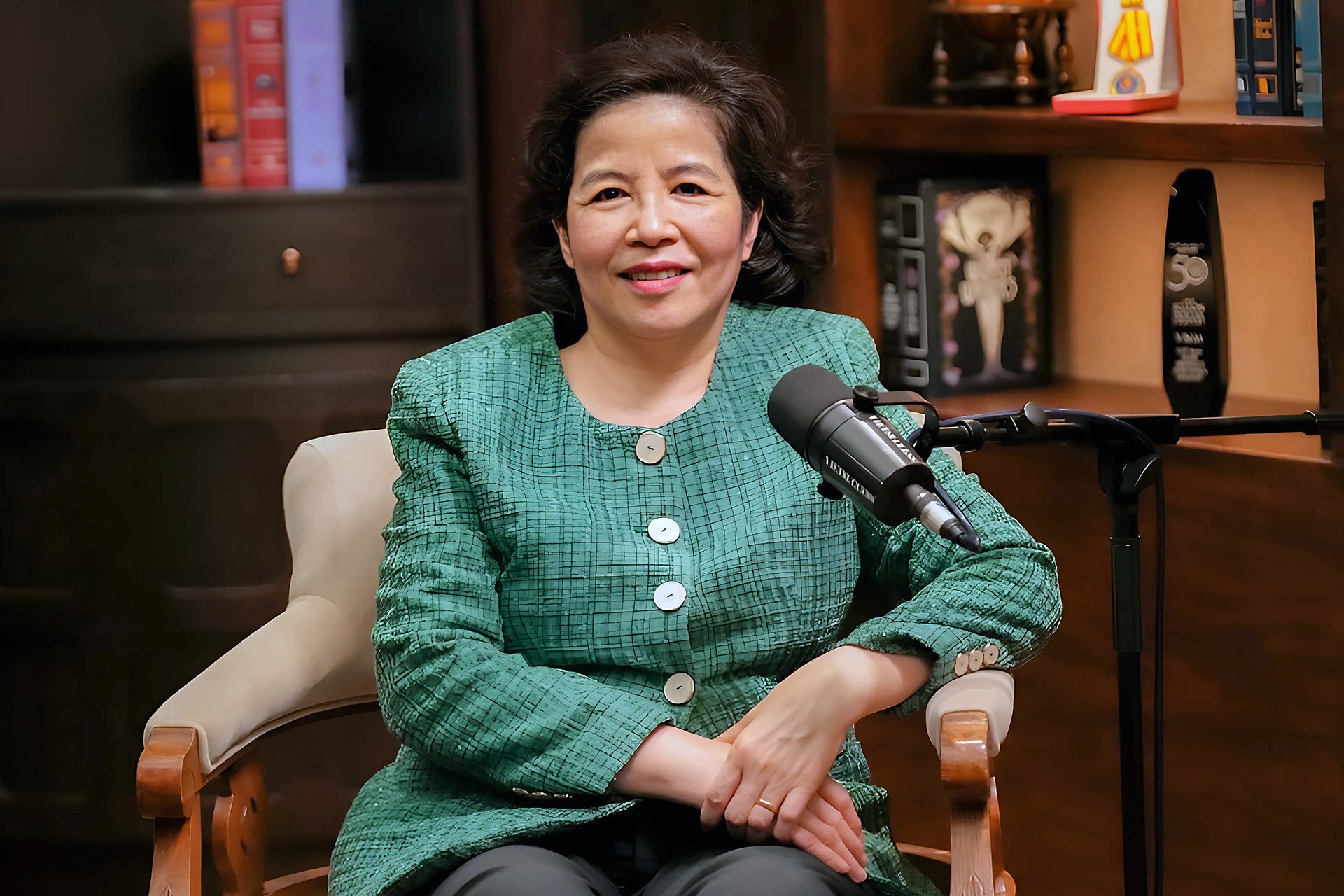




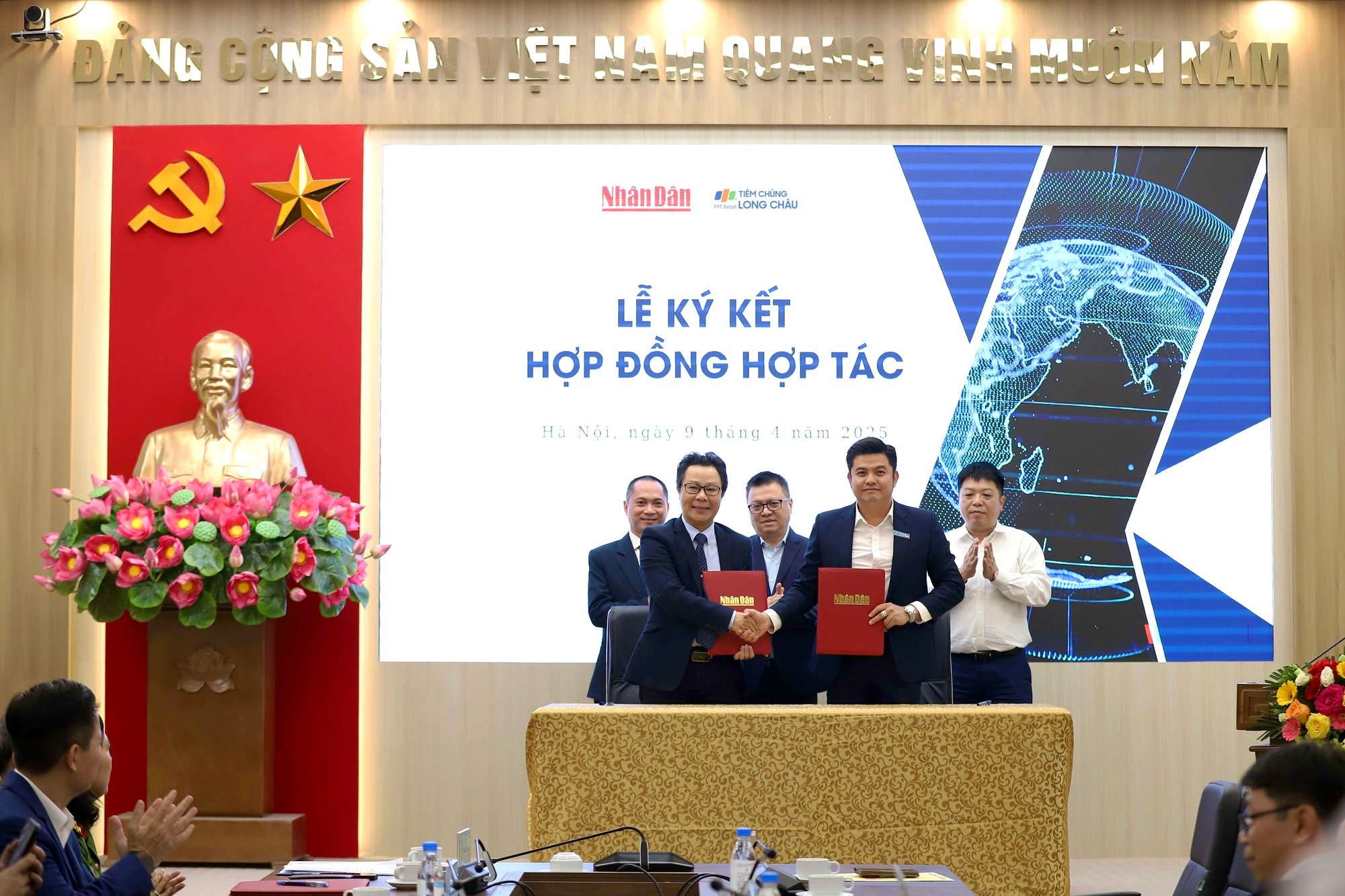

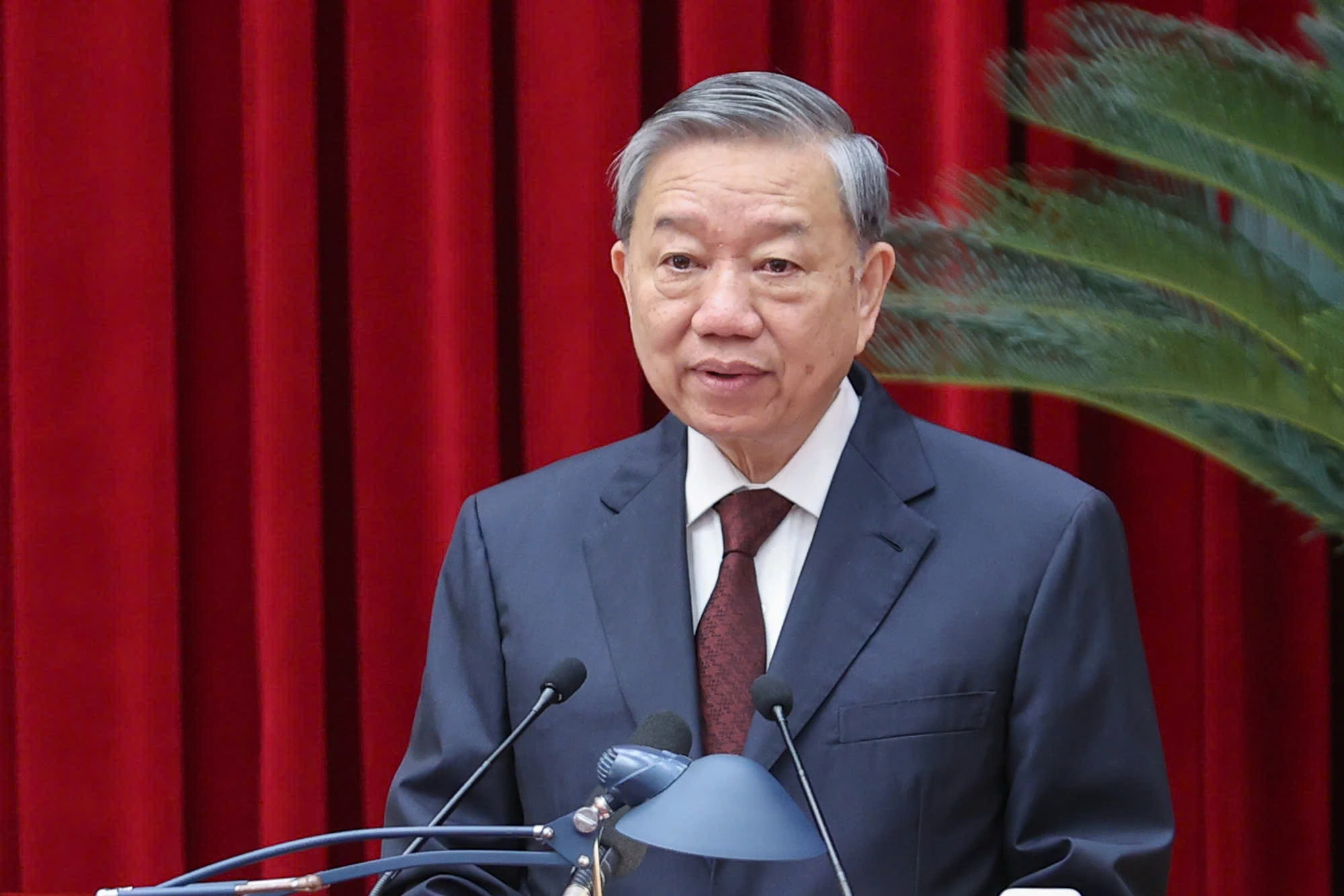
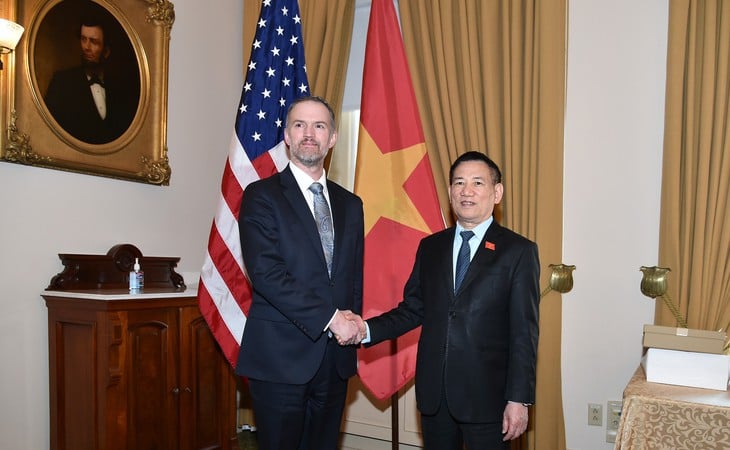

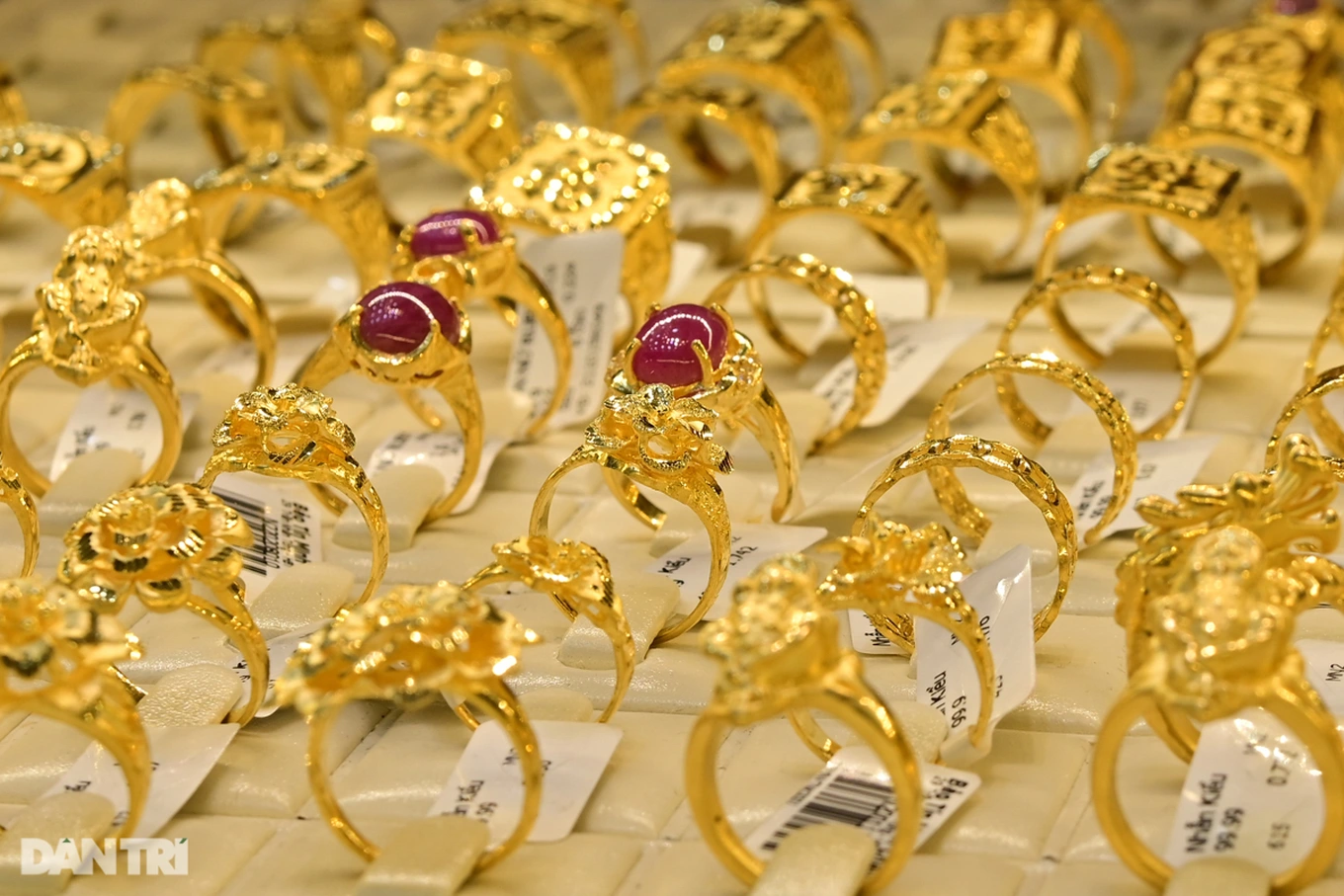
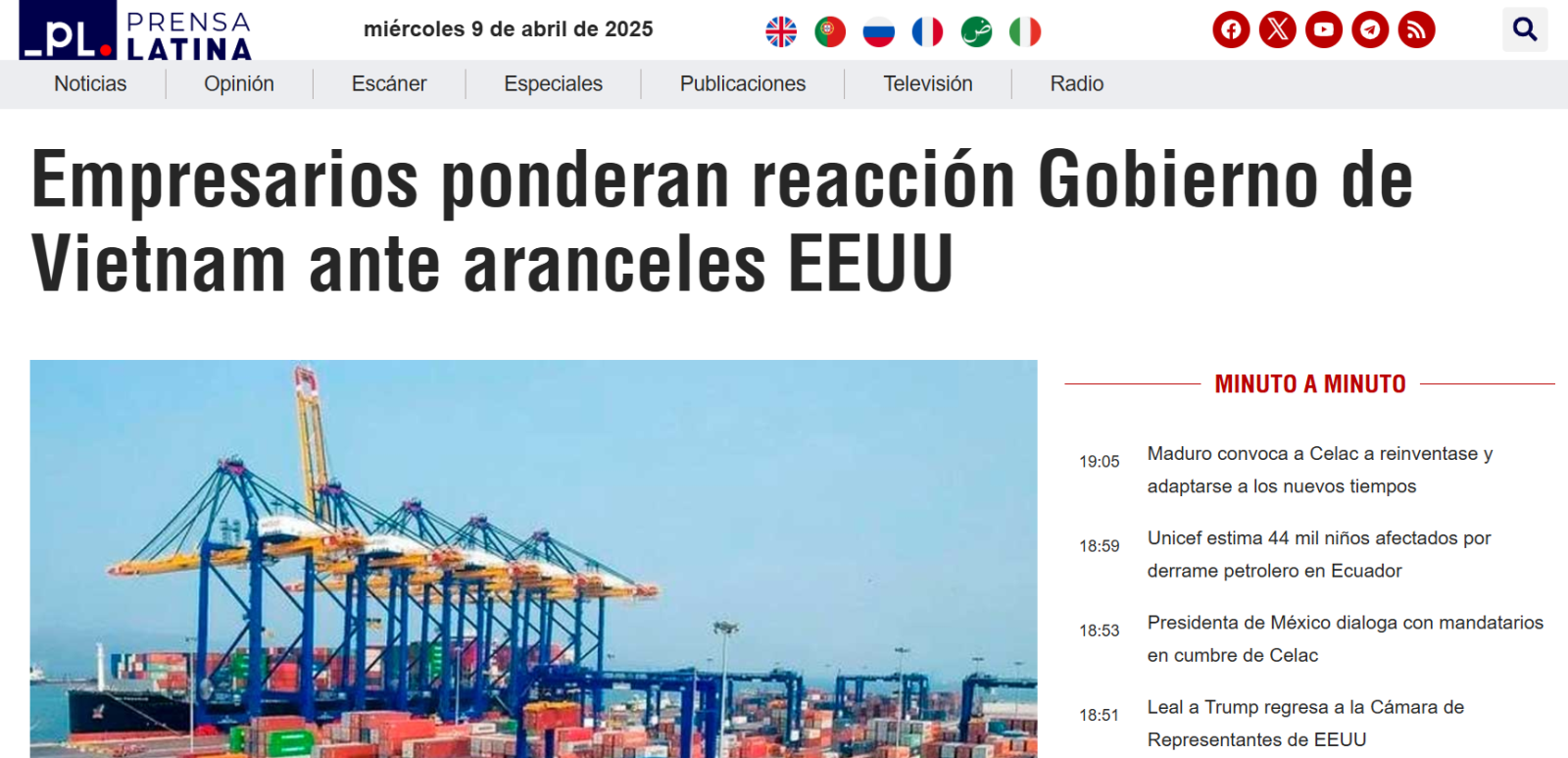

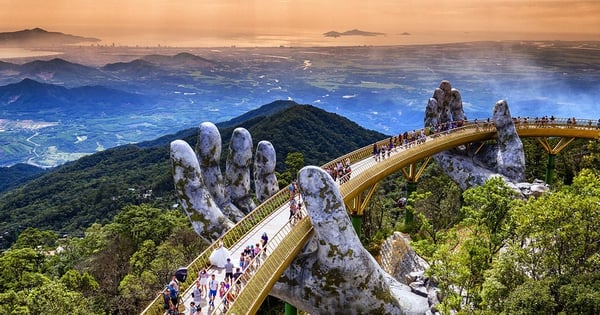

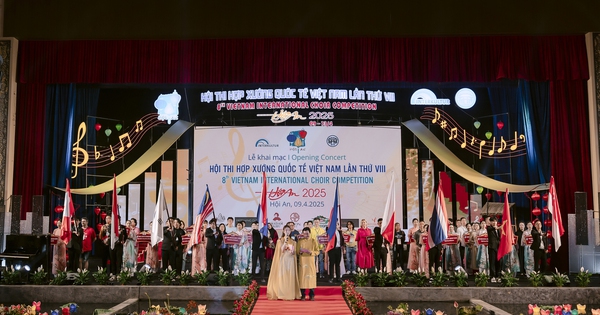
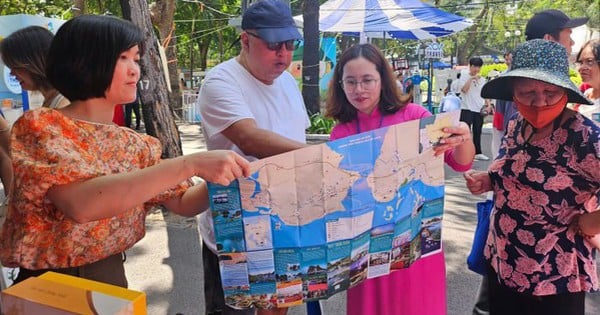
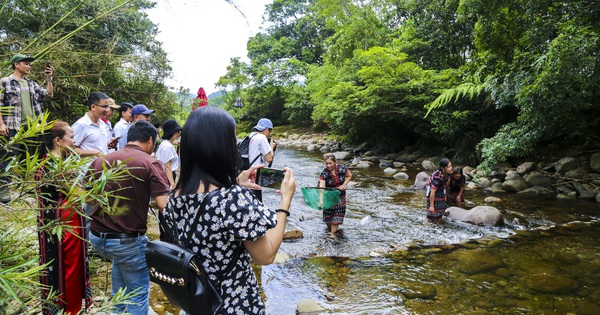
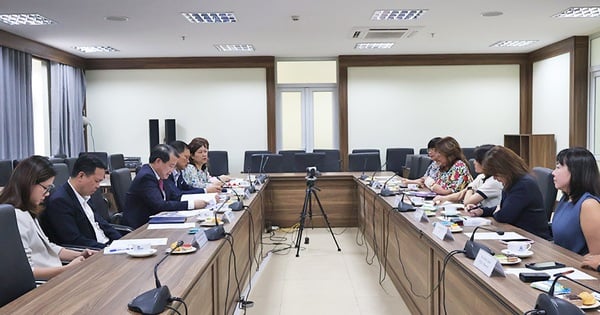
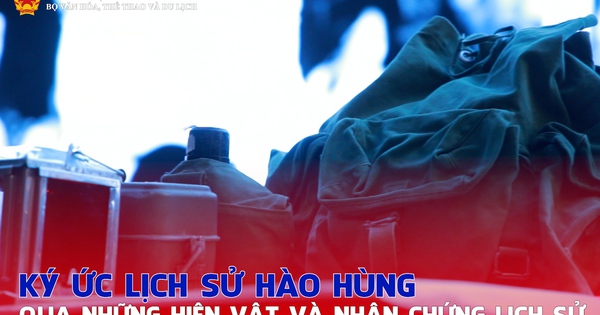
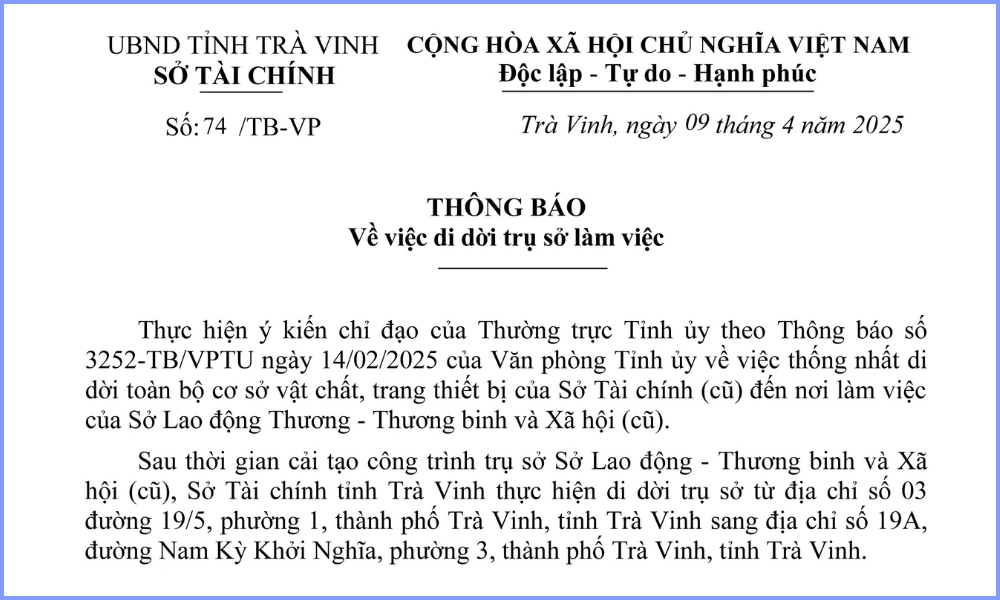
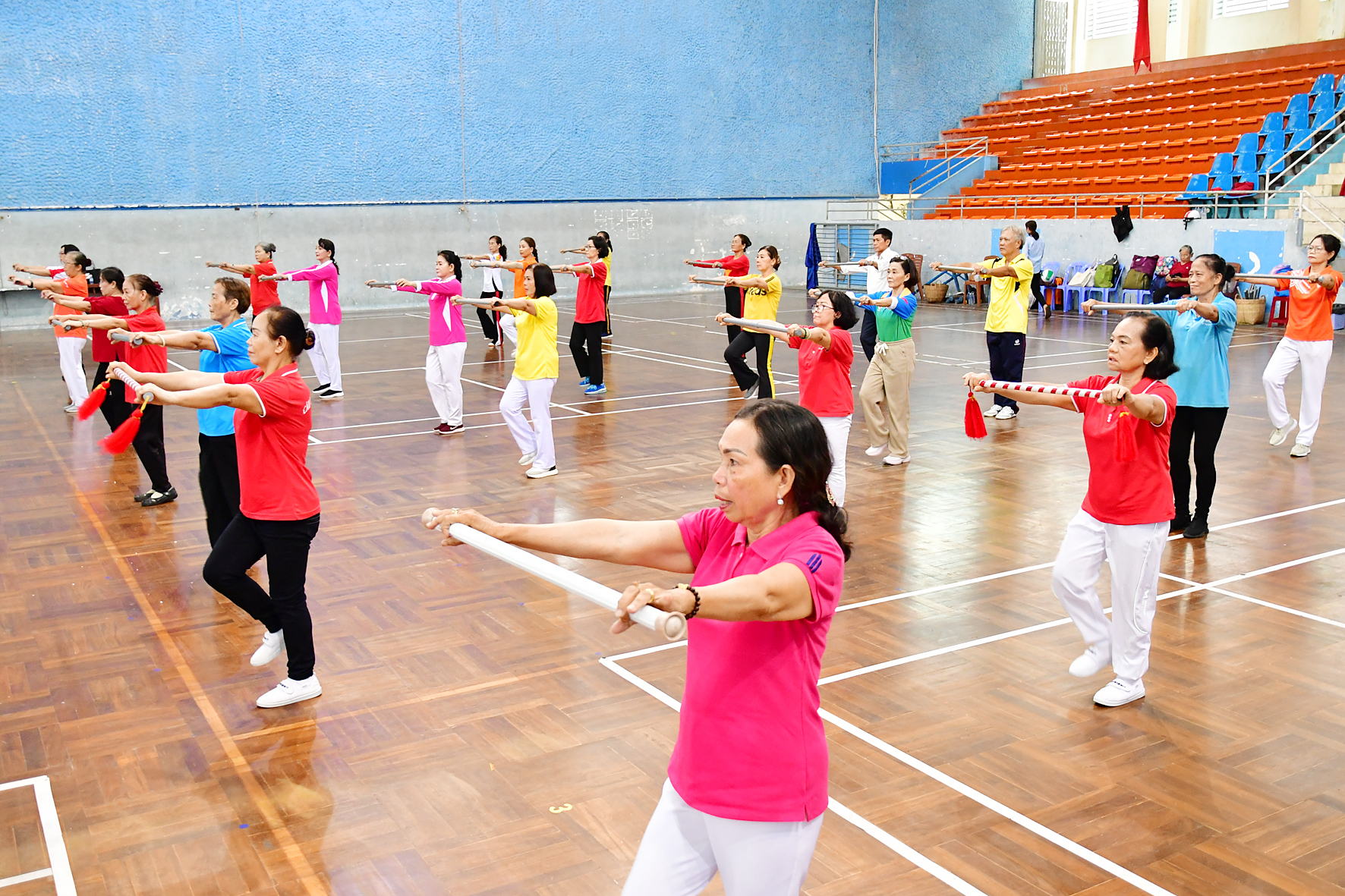
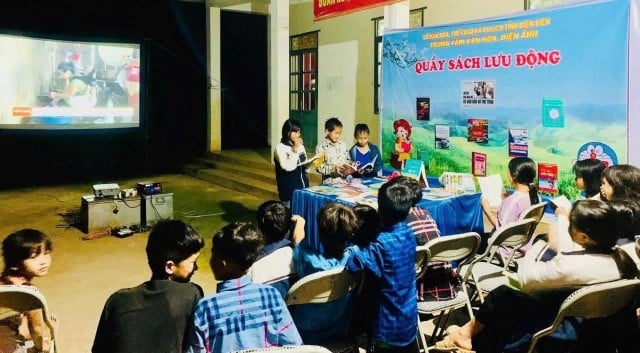
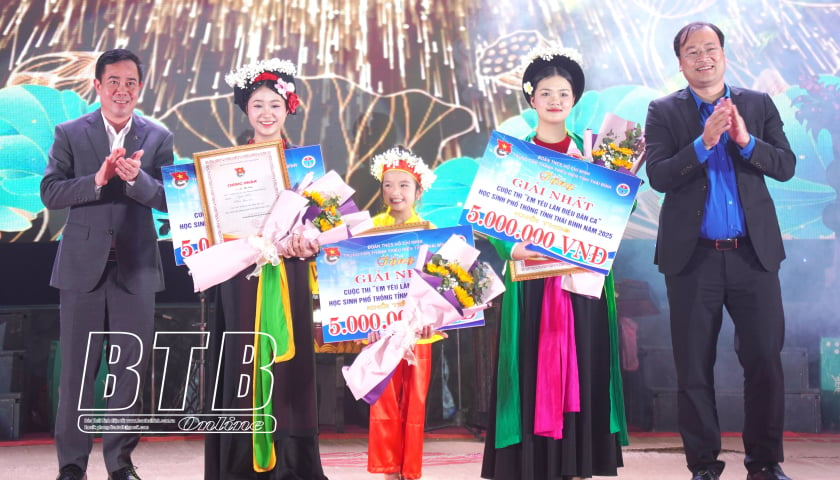






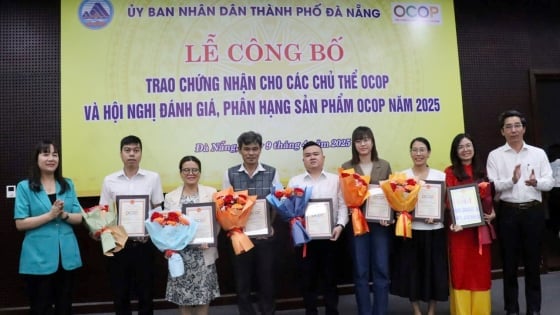


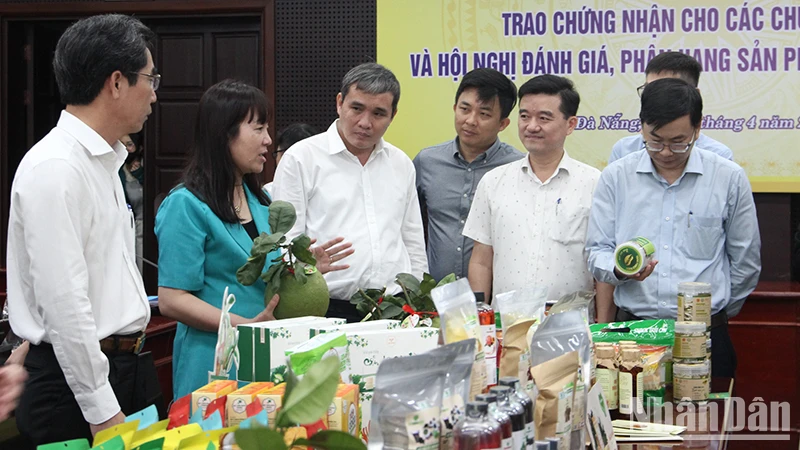

Comment (0)